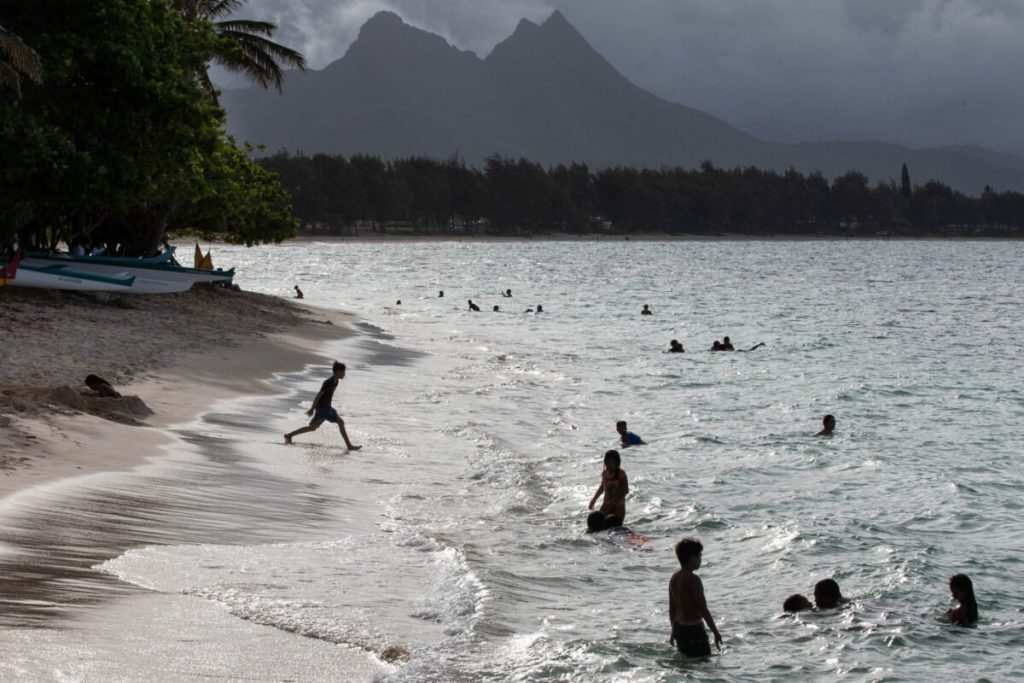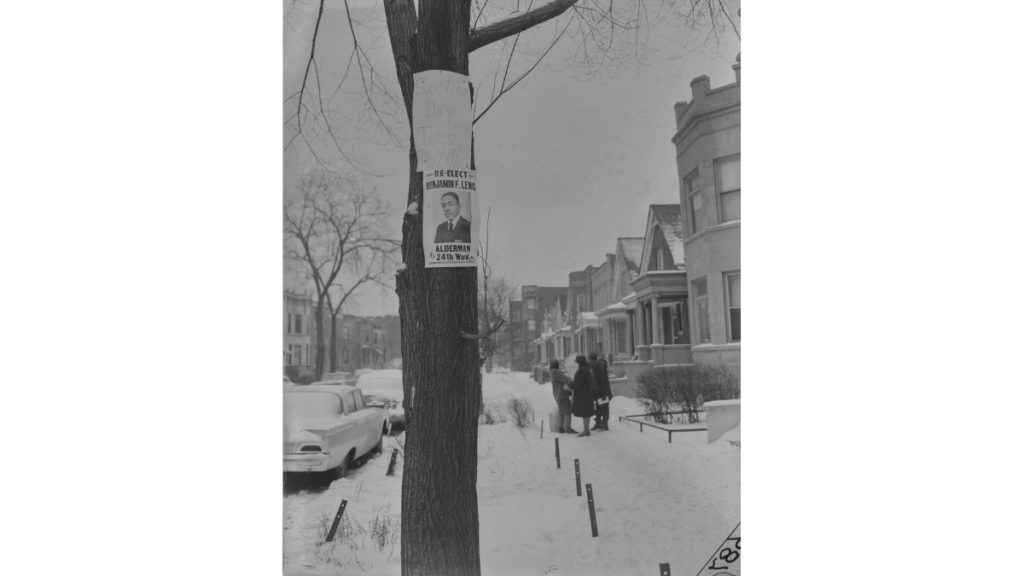Hawaii’s Beaches Are Disappearing. New Legislation Could Help … if It’s Enforced.

![]()
Hawaii’s Beaches Are Disappearing. New Legislation Could Help … if It’s Enforced. (Honolulu, HI) – Property owners are legally only allowed to keep the emergency protections in place temporarily, but officials with Hawaii’s Department of Land and Natural Resources have liberally interpreted the term “temporary,” allowing walls of sandbags to remain in front of some properties for years, and even decades, after issuing repeated approvals or losing track of them, an investigation in December by the Honolulu Star-Advertiser and ProPublica found.
Coastal scientists warn that the structures can be just as damaging to Hawaii’s beaches as seawalls, which have contributed to the loss of about one-quarter of the beaches on Oahu, Maui and Kauai. As waves hit an armored shoreline, they pull sand off the beach. In addition, the sandbags have blocked public shorelines, created eyesores along picturesque coastlines and littered beaches with heavy fabric and rope that gets torn and whipped around by waves.
Property owners on Oahu’s North Shore have taken some of the most dramatic steps. There, famous surfers and wealthy homeowners all along the treasured coastline have installed what are known as burritos — heavy, black material anchored by sand-filled tubes — to protect their homes from being sucked into the ocean. Many of the owners, including 11-time world surfing champion Kelly Slater, installed the protections without first obtaining the state’s permission. Slater paid a $2,000 fine and told the news organizations that without the armoring people “would have lost properties outright.”
Bills introduced in the House and Senate set a hard deadline of three years for removing current and newly authorized emergency protections. The Senate bill, introduced by Sen. Chris Lee, D-Hawaii Kai-Waimanalo-Kailua, also increases fines for homeowners and contractors who install structures without the state’s permission.
Both could be fined as much as $25,000 for every day that an illegal structure remains along the public shoreline, up from the current maximum fine of $15,000.
Lee said his bill, which cites the news organizations’ reporting, makes clear that the temporary fixes that property owners have enjoyed aren’t going to become long-term solutions, causing permanent damage to the state’s beaches.
“If you are in places where the beach is the center of the community and it’s the very lifeblood … losing that will have a devastating impact on the local economy, on local businesses, on jobs, on people who live in those communities, to say nothing of the families who will lose that beach for their kids,” Lee said.
Whether stiffer fines will act as a deterrent, however, will depend on whether state officials actually enforce the penalties. The Department of Land and Natural Resources has been exceedingly lenient when it comes to enforcement against illegal sandbags and burritos, the news organizations found. Although penalties of up to $15,000 are permitted, state officials issued fines of just $2,000 to half a dozen North Shore homeowners who installed unauthorized protections in recent years. One contractor who installed an additional six unauthorized barriers was fined a total of $500.
Alarmed by the loss of Hawaii’s beaches, the state adopted a “no tolerance” policy more than two decades ago that forbids shoreline armoring. Property owners can still apply to the state for permission to build a seawall, but it’s an expensive and difficult approval process. The project must undergo an environmental review, public hearing and approval from the board that oversees the Department of Land and Natural Resources.
By contrast, property owners who want to install emergency sandbags and burritos are able to bypass that entire process. All they need is the director of the Department of Land and Natural Resources to sign off on the approval after showing that their property is imminently threatened and that erosion is within 20 feet of a structure.
The approvals, which are allowed under the department’s administrative rules, are designed to mitigate hazardous situations during an emergency. But property owners have instead been able to rely on them for providing long-term protections, while rarely taking any steps to permanently alleviate their situation, which is only expected to grow worse with sea level rise brought on by climate change.
Ultimately, homes and other structures need to be moved back along property lines or removed altogether, if the state is going to save beaches, scientists say. But that’s rarely happening.
Sam Lemmo, who oversees the department’s Office of Conservation and Coastal Lands, has reasoned that the sandbags and burritos deter property owners from building illegal seawalls.
In December, after the news organizations published their story, Lemmo said he was looking to amend the department’s administrative rules relating to emergency permits. However, the department has refused to specify what those changes might entail.
Rep. David Tarnas, D-Kaupulehu-Waimea-Halaula, who chairs the House Water and Land Committee, said his bill aims to provide the department with guidance. The measure instructs the Land Board, which oversees the Department of Land and Natural Resources, to adopt a three year deadline for the emergency structures and make clear the penalties for noncompliance.
Tarnas said he was particularly worried about the situation on Oahu’s North Shore. “We have to do something to protect those beaches,” he said. “Those are valuable assets and public trust resources.”
A spokesman for the Department of Land and Natural Resources declined to comment on the two bills other than to note that officials have some comments and concerns, but he didn’t specify what those were.
Meanwhile, six of the North Shore burritos expired on Jan. 25, according to government records. Officials with the Department of Land and Natural Resources said they have not renewed the emergency permits, but they wouldn’t say whether they have required the homeowners to remove them, or if they are facing any fines.
Hawaii’s Beaches Are Disappearing. New Legislation Could Help … if It’s Enforced.









Responses